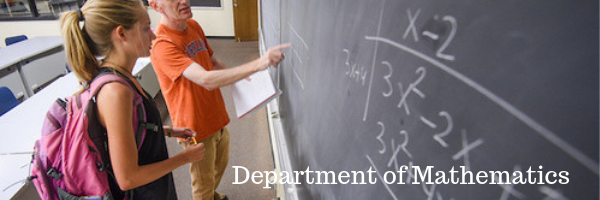
Faculty and Student Publications
Document Type
Article
Publication Date
9-1-2019
Abstract
© 2019, The Author(s). We associate a chain complex to a Liouville domain (W¯ , d λ) whose boundary Y admits a Boothby–Wang contact form (i.e. is a prequantization space). The differential counts Floer cylinders with cascades in the completion W of W¯ , in the spirit of Morse–Bott homology (Bourgeois in A Morse–Bott approach to contact homology, Ph.D. Thesis. ProQuest LLC, Stanford University, Ann Arbor 2002; Frauenfelder in Int Math Res Notices 42:2179–2269, 2004; Bourgeois and Oancea in Duke Math J 146(1), 71–174, 2009). The homology of this complex is the symplectic homology of W (Diogo and Lisi in J Topol 12:966–1029, 2019). Let X be obtained from W¯ by collapsing the boundary Y along Reeb orbits, giving a codimension two symplectic submanifold Σ. Under monotonicity assumptions on X and Σ , we show that for generic data, the differential in our chain complex counts elements of moduli spaces of cascades that are transverse. Furthermore, by some index estimates, we show that very few combinatorial types of cascades can appear in the differential.
Relational Format
journal article
Recommended Citation
Diogo, L., & Lisi, S. T. (2019). Morse–Bott split symplectic homology. Journal of Fixed Point Theory and Applications, 21(3), 77. https://doi.org/10.1007/s11784-019-0714-y
DOI
10.1007/s11784-019-0714-y
Accessibility Status
Searchable text

